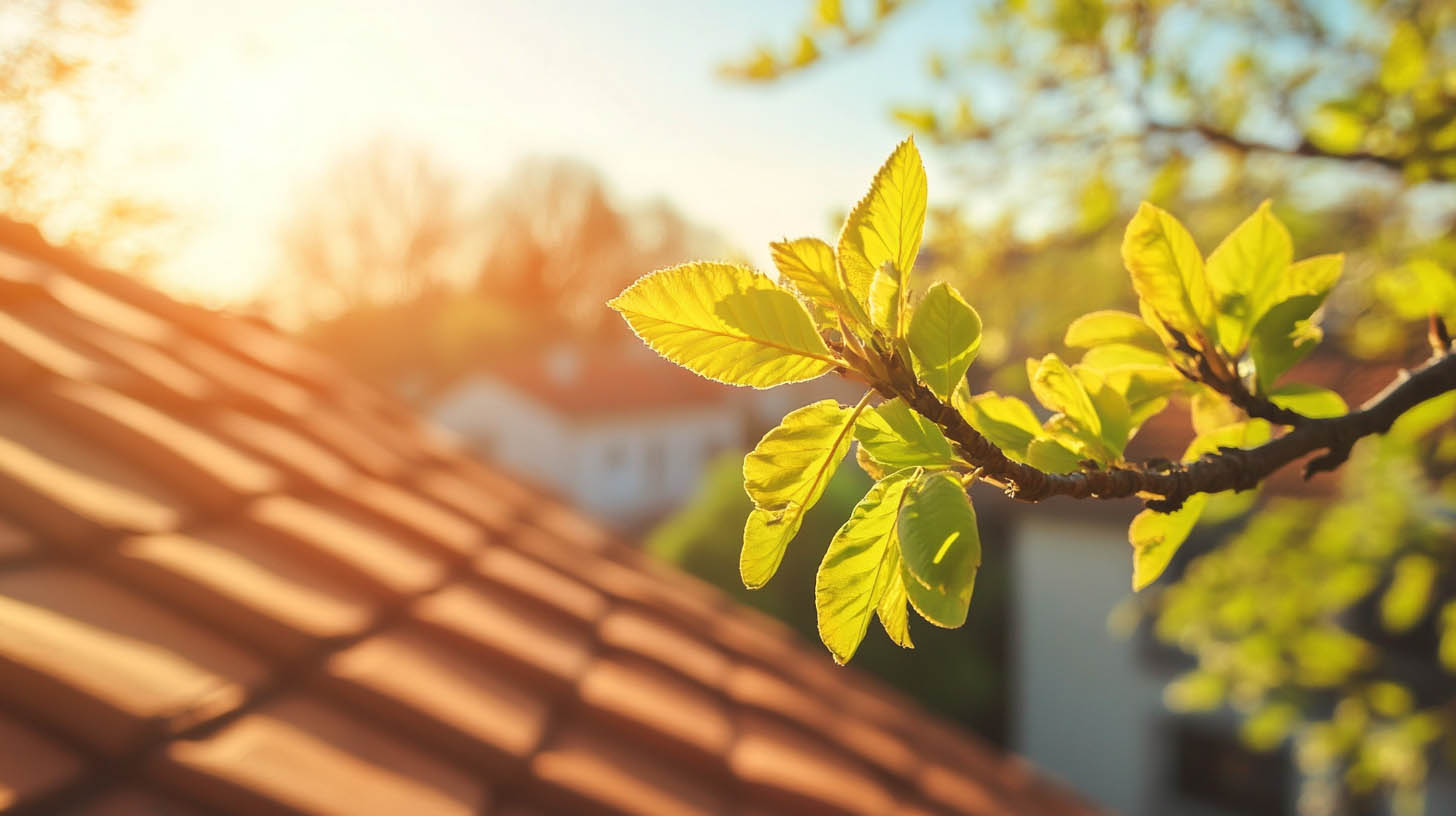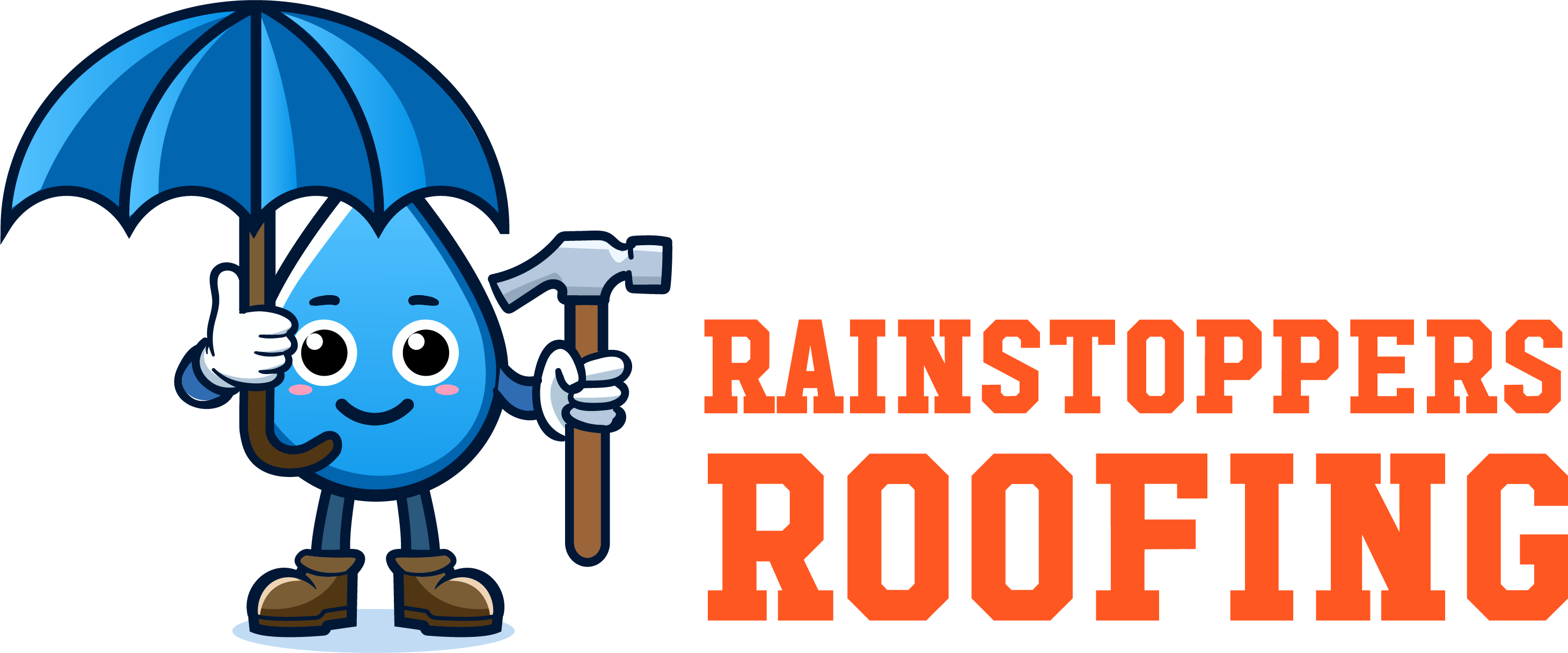
As winter fades and warmer days approach, ensuring your roof is in top shape is a must. Rainstoppers Roofing in Charleston, WV, emphasizes the importance of spring roof inspections to maintain your home’s structural integrity and extend your roof’s lifespan. Spring is an ideal time to uncover potential damage and plan necessary repairs before issues escalate.
Why Regular Roof Inspections Matter
Neglecting roof maintenance can lead to costly repairs. Routine inspections in spring and fall provide an opportunity to assess and address common issues, including:
- Storm Damage
High winds, heavy snow, and other extreme weather conditions often leave behind hidden roof problems that aren’t immediately visible. These issues can include lifted shingles, cracked materials, or weakened areas that make your roof vulnerable to future leaks and damage. It’s crucial to have your roof inspected after every major storm to identify and address these potential threats before they escalate. - Blocked Drains
Debris such as leaves, twigs, and dirt can easily clog your roof’s drainage system, leading to water pooling on the surface. When water can’t flow freely off your roof, it may result in leaks, water damage, or even structural issues. Regular cleaning of drains, gutters, and downspouts is essential to maintain proper water flow and prevent costly repairs. - Flashings
Flashings around critical roof areas like chimneys, vents, and skylights play a vital role in preventing water infiltration. Over time, flashings can become worn, cracked, or damaged due to age or weathering. When flashings are compromised, water can seep into the roof structure, causing leaks and potential damage to the interior of your home. Regular inspection and replacement of flashings are necessary to maintain waterproofing integrity. - Rooftop Traffic Damage
Routine maintenance activities, such as clearing debris or inspecting the roof, can unintentionally cause damage to the roofing materials. Walking on the roof or using heavy equipment can leave marks, cracks, or even cause the shingles to loosen. To avoid damaging your roof, it’s important to hire trained professionals who know how to navigate your roof safely during maintenance or inspections.
According to recent studies, regular roof maintenance can extend the lifespan of a roof by up to 50%.
What to Expect During a Spring Roof Inspection
A professional inspection should include a thorough examination of:
- Roofing Materials: Identifying loose or missing shingles and assessing wear on flat or sloped surfaces.
- Flashing and Seals: Ensuring all joints are watertight and intact.
- Drainage Systems: Verifying gutters and downspouts are clear and functional.
- Membrane Integrity: Inspecting for punctures or tears in roofing membranes on flat roofs.
- Structural Stability: Checking for sagging or weak spots in the roof structure.
Steps to Prepare Your Roof for Spring
- Clean Gutters and Downspouts: Remove debris to prevent water damage.
- Trim Overhanging Branches: Minimize the risk of falling branches damaging your roof.
- Inspect Roof Accessories: Check solar panels, satellite dishes, or HVAC systems for secure mounting.
- Repair Minor Issues Immediately: Address small problems to prevent larger ones.
Professional Roofing Services Make a Difference
DIY inspections are helpful but limited in scope. Engaging a professional roofing company like Rainstoppers Roofing ensures a comprehensive assessment. Rainstoppers Roofing provides:
- Expert Inspections: Using specialized tools to detect hidden damage.
- Tailored Solutions: Recommendations based on roof type and condition.
- Emergency Services: Quick response for immediate concerns.
Frequently Asked Questions
Q1: How often should I schedule a roof inspection?
A: Twice a year, ideally in spring and fall.
Q2: Can I inspect my roof myself?
A: While basic checks are useful, professional inspections are more thorough and identify issues that are easily overlooked.
Q3: What are signs that my roof needs immediate attention?
A: Leaks, missing shingles, sagging areas, and noticeable wear are clear indicators of potential problems.
Q4: Does a roof inspection include attic assessment?
A: Yes, inspecting the attic for leaks and insulation issues is often part of a comprehensive roof inspection.
Q5: How long does a roof inspection take?
A: Typically, it takes 1-2 hours, depending on the roof size and complexity.
Proper roof maintenance starts with a spring inspection. By addressing potential issues early, you can save money and keep your home protected all year round. Schedule your inspection today with Rainstoppers Roofing, Charleston, WV’s trusted experts.
If you want to read a blog about preparing your roof for summer with essential maintenance tips, click here.
